Rose lives in Korogocho, a large slum in Nairobi, and is a single mother to six daughters. In her community almost all of the available water supplies come from illegally tapped sources and suffer from improper infrastructure, installment, and maintenance. However, about a year ago a water meter was installed near Rose’s home that delivers clean, affordable, and reliable water.
Rose uses the metered water pump for all of her family’s daily needs. An electronic key loaded with credit via Mpesa allows her to fill her cans. She loves that this solution exists in her community because “it is more affordable, reliable, and safe compared to the other options.”
Rose encourages people to use the pump but says many often resist because they can’t see the difference in quality. “It’s extremely hard to know if the water is clean and safe, if people could more easily understand the danger that would be better.”
Rose has seen many different water borne illnesses, like cholera, devastate members of her community and she prays more water sources like this tap will be installed so the risk of disease is greatly reduced. “Water is life, but it has to be clean water! We need that so badly here.”
.





















